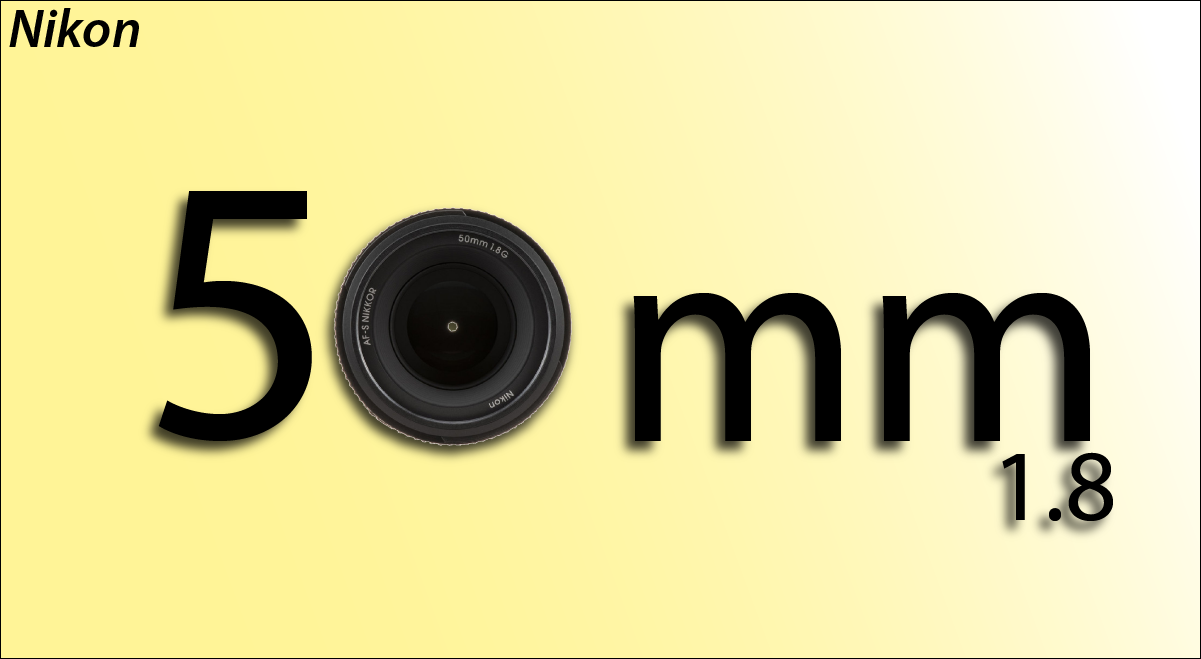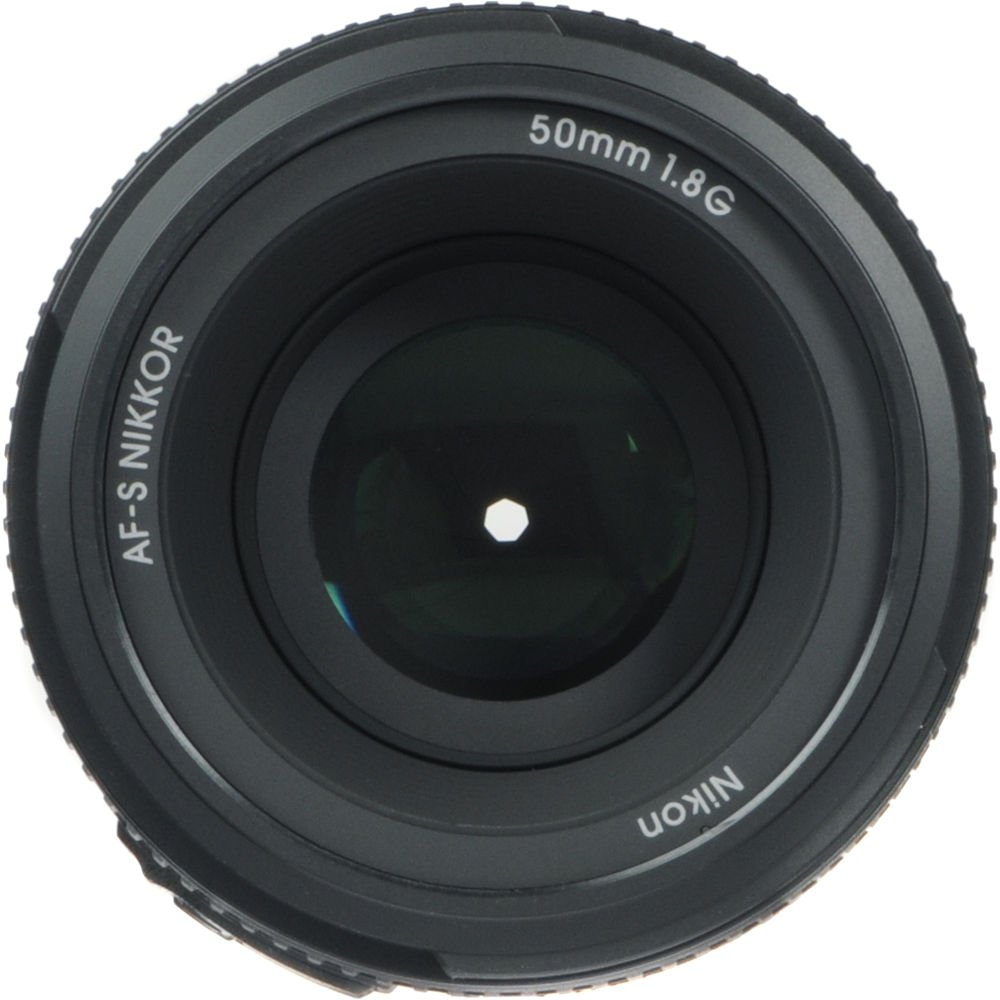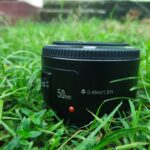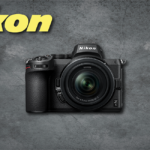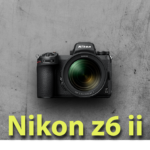The Nikon 50mm f/1.8 is a consumer-grade lens created for beginners and part-time professionals who want excellent optics in a fixed portrait lens at an affordable cost.
This article provides an in-depth examination of the highly anticipated Nikon 50mm f/1.8G prime lens, that was revealed in April 2011.
Its big f/1.8 aperture is perfect for low-light photography, and the shallow depth of field. it helps separate subjects from the background, generating the perfect bokeh effect.
The earlier Nikon 50mm f/1.8D lens (debuted in 2002) has been updated with the better Nikon 50mm f/1.8G lens. The upgraded Nikon 50mm lens f/1.8G features a changed optical design with 7 optical components in 6 groups.
one of which is an aspherical lens (which reduces coma and chromatic aberrations), compared to the AF-D version’s 6 optical elements in 5 groups. Even the more expensive and high-end Nikon 50mm f/1.4G has an aspherical element, rendering the Nikon 50mm f/1.8G the first 50mm lens from the manufacturer to have one.
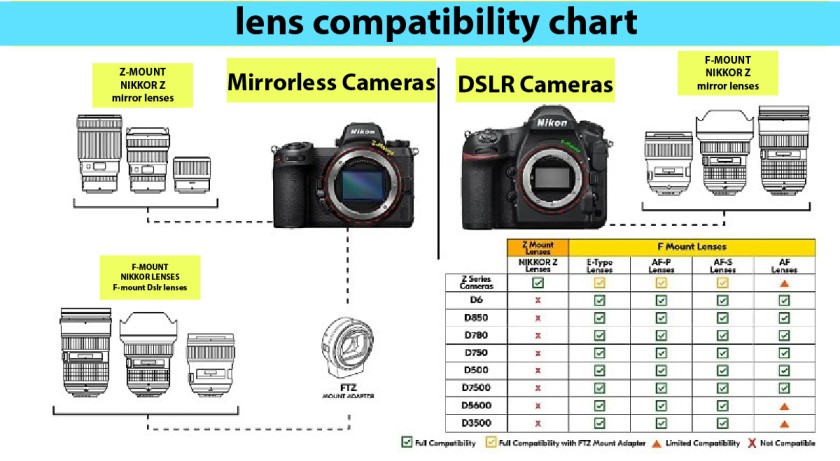
Likewise, the AF-S motor allows manual focus override while utilizing autofocus, which is impossible for any AF-D prime lens. The Nikon 50mm f/1.8G has Super Integral Coating, which, like its AF-D cousin, helps lessen lens flares and ghosting.
The lens may be used with both Nikon FX and DX sensors, although FX sensors are preferable for everyday shooting.
The lens corresponds to a 75mm lens on DX sensors, which makes it excellent for portrait shooting but slightly too long for other types of photography. It is keeps its seven-blade diaphragm, creating a bokeh in the shape of a heptagon at big apertures over f/2.
Nikon 50mm lens Specification
- 50mm f/1.8G Nikon lens Specifications
- Type of Mount: Nikon F-Bayonet
- 50mm Focal Length
- f/1.8 maximum aperture
- Minimum Aperture: FX/35mm Format:
- Maximum Angle of View: 31°30′ (DX-format)
- 47° is the maximum angle of view (FX-format).
- Reproduction Ratio Maximum: 0.15x
- Seven lens elements
- Compatible Format(s): FX, DX, and FX in DX Crop Mode Lens Groups: 6Blades of the Diaphragm: 7 Distance Knowledge: Yes
- 1 aspherical component
- Yes, super-integrated coating.
- Yes, autofocus
- Yes, the AF-S (Silent Wave Motor)
- a minimum of 1.48 feet (0.45 metres)
- Auto, Manual, or Manual/Auto Focus Mode: Yes G-type
- Filter Size: Accepts 58mm Screw-on Filter Dimensions: 2.8 x 2.1 inches (approx.), 72.1 x 52.4 millimetres (approx.)
- Weight: 6.6 oz (185g) approx.
- Accessible Accessories: Bayonet Hood HB-47, Front Lens Cap LC-58, Rear Lens Cap LF-4, Flexible Lens Pouch CL-1013, and 58mm Snap-on
Nikon 50mm 1.8 Lens Designing and Handling

The Nikon 50mm 1.8G has a solid build, with a plastic body and a metal mount, like before introduced Nikon prime lenses. The lens is now almost as big as the Nikon 50mm f/1.4G, as can be seen in the picture below (Left: Nikon 50mm f/1.8G, Right: Nikon 50mm f/1.4G). It is because of changes in optical and barrel development.
The Nikon 50mm f/1.8G involves a gasket made of rubber on the lens mount. That provides powerful sealing from dust entering the camera as well as the closeness in size and barrel structure.
The rubber gasket definitely contributes to reducing the quantity of dust that may enter the lens besides what collects on the sensor.
It is common for lenses to let air in and pull air out while focusing or zooming in and out, as I explained in my paper about how to deal with dust inside lenses.
While the front of the lens does not move when it is focusing, the front lens element does (a great deal as the 50mm f/1.4G) as it goes in and out of the lens barrel.
Get an appropriate 58mm clarity/protective filter, such as the B+W 58mm MRC clarity filter, and maintain it on the lens at all times if you want to reduce the possibility of dust and moisture entering the lens from the front.
Not only will it reduce dust and maintain the lens’ front element, but it will also make cleaning the lens a lot easier when needed. The front part of the lens is submerged deep within, which makes it uncomfortable to clean without a filter.
The original Nikon 50mm f/1.8D as an example (left: Nikon 50mm f/1.8D, right: Nikon 50mm f/1.8G), the lens behaves as follows:
Comparing the Nikon 50mm f/1.8D with the 50mm f/1.8G
As you can see, the 50mm f/1.8 AF-D features an aperture ring and is thinner as well as smaller overall. Please be advised that the new Nikon 50mm f/1.8G is less susceptible to dust than its predecessor, the 50mm f/1.8D, as it has a rubber gasket on its metal mount.

The Nikon 50mm f/1.8G is just 30 grams lighter than it’s predecessor and 95 grams less compared to the Nikon 50mm f/1.4G, despite possessing a significantly bigger size. In addition, it has the same 52mm filter thread as the Nikon 50mm f/1.8D and the same 58mm filter diameter as the Nikon 50mm f/1.4G.
The downside is that greater 58mm filters will have to be obtained separately if you currently own the older 50mm f/1.8D or the Nikon 35mm f/1.8G lenses and have purchased specialized filters.
Customers have asked me a couple of times about the weather sealing of Nikon 35mm and 50mm lenses. “No,” is the swift answer to the question of whether these lenses are waterproof.
Nikon lenses with rings of gold have no ability to withstand severe weather, such as expert lenses, notwithstanding the fact that I have used my Nikon 50mm f/1.4G lens in warm, dry, cold, and wet climates without having any problems.
In their marketing writing for these lenses, Nikon does not especially define weather sealing for that reason. You shouldn’t have problems using it in different weather situations, so long as you take good care of the lens and put an extra filter in front of the lens. Just keep in mind to use extra care while replacing the lens in very windy or dusty situations.
Get familiar with turning your focus ring to the infinite point before setting up or demounting the lens as the rear lens element glides in and out while focusing.
The focus ring is conveniently located on the front of the barrel, making it simple to operate the focus when taking pictures or recording videos with a thumbs and index finger. The lens comes with the exact same “HB-47” lens hood as the Nikon 50mm f/1.4G (lens hoods are not included with the 50mm f/1.4D or 50mm f/1.8D). Compared to some previous Nikon lens hoods, this particular one clamps onto the exterior of the lens and rests securely in position.
. The M/A and M switch on the side of the lens allows finishing focus manual operation in addition to autofocus with manually focus override. Newer Nikon DSLRs like the Nikon D5100 recognize the focus position quickly and offer warnings on the information (“I”) screen.
Nikon 50mm f/1.8D, Nikon 50mm f/1.8G, Nikon 50mm f/1.4D, Nikon 50mm f/1.4G, and Sigma 50mm EX DG HSM are displayed from left to right.
Quality and Reliability of Autofocus
The cheap Nikon 50mm f/1.4G autofocuses more slowly than the Nikon 50mm f/1.8G. I was amazed to see the 50mm f/1.8G go almost twice as fast when I first set up both lenses on two different camera bodies and transition from infinity to close focuses and back again (with the lens cap on).

I tried focusing on the screen from infinity to the nearest focus distance before replacing the lens covers from both lenses, and the 50 mm f/1.4G took far more time to acquire focus. Then, I conducted a number of tests, both indoors and outside, to compare the 50mm f/1.8G’s autofocus accuracy to that of the 50mm f/1.4 G.
Once again, the Nikon 50mm f/1.8G focused more quickly and delivered results that were as exact. besides, isn’t much of a distinction between the Nikon 50mm f/1.8G and 50mm f/1.4G when they’re focusing. Both lenses failed to correctly focus on dark objects in very low light, which is usual. Considering the switch to lighter subjects truly improved AF accuracy. The AF-assist lamp in AF-S mode was turned on a lot helped, and AF accuracy improve after that.
After my AF analysis with the Nikon 50mm f/1.4G, I place the previous AF-D version on a different body and ran identical tests.
I anticipated that the 50mm f/1.8D would focus a little bit more since all the current AF-S primes I tried so far focused slower than their AF-D substitutes. I was wrong; both lenses autofocus rates are identical. The 50mm f/1.8D is a bit noisier, but AF accuracy remains fairly similar.
Next, I evaluated the AF quickness and precision of the Nikon 50mm f/1.8G to the Nikon 50mm f/1.4D. Again, it looked that AF accuracy and speed were similar to that provided by the 50mm f/1.8D version.
Nikon 50mm 1.8g test
We use the Imatest Professional testing kit to carry out an array of lab tests in a controlled setting. Pictures of test charts are taken utilizing an array of apertures and zooms (if available), and the clarity, distortion, and color aberrations are analyzed.
We show lens resolution at the center, corners, and mid-point distances in a range of aperture values and, with zoom lenses, at four distinct focal lengths utilizing Imatest SFR (spatial frequency response) charts and analytical tools. In addition, color fringing (chromatic aberration) and distortion are detected by the tests.
Sharpness

While the corners and outer edges of the frame are not exceptionally clear at f/1.8, the center of the frame is instead sharp.
At f/1.8, the center-to-mid area begins to gain power, while at f/4, the edges and corners gain their foundation. From f/5.6 to f/11, the sharpness across the whole image frame is superb.
Fringing

In the corners of the image frame, there is any chromatic aberration, and with current and modern Nikon cameras, anything that does exist is corrected.
Misalignment: -1.11
While there is significant barrel distortion, it is unnoticeable while shooting. Again, most Nikon cameras involve auto-correction.
Bokeh

One of the most significant qualities of 50mm lenses is bokeh. Even if it was a bit less effective than others at very big apertures, I would be willing to spend more for a lens that creates better bokeh.
Full-frame bokeh
50mm, ISO 200, 1/30, f/1.4, NIKON D3S With 50mm f/1.4
You can see the origins of my corner and center crops. In reality, the corner crop is an area of the image’s left center, not a corner. Let’s see how the Nikon 50mm f/1.8G stacks up against other Nikon and Sigma lenses while shooting detached from the subject at f/1.8:

provides far better bokeh when compared to the 50mm f/1.8D, as its limits are far clearer. After shooting the Nikon 50mm f/1.4D and shot Nikon 50mm f/1.4G, I would put its off-centered bokeh in third place. The highlights on the Sigma seem to have been sliced off on the right side and in contrast to other lenses.
The “Onion Rings” or “Onion Bokeh” are obvious. This makes Sigma’s bokeh the worst.
This Nikon lens, that’s very small, light, and reasonable, combines a conventional 50mm focal length with a fast f/1.8 aperture. On Nikon FX (full-frame) cameras, it offers a convenient viewing angle, and on DX (APS-C) size bodies, it works as well as a short telephoto, which makes it ideal for still life and portraiture.
Despite its reasonable pricing, it has a ring-style ultrasonic focusing technology, generates images of excellent quality, and works well generally.
Pros
- Ring-type ultrasonic AF
- Weather-sealed mount
- Relatively inexpensive
Cons
- Poorly rounded aperature at f/1.8 lackluster edge sharpness
nikon 50mm lens price in india
For one unit of the product, the Nikon 50mm lens price is MRP 18,000 inclusive of all taxes. (Nikon f/1.8G)
This modernized rendition of a classic with a fast-maximum aperture is fantastic for everyday shooting, great in situations with poor lighting, and excellent to produce photographs with beautiful background blur (Bokeh).
ALSO READ: 10 reasons why you should buy a 50mm lens!!

